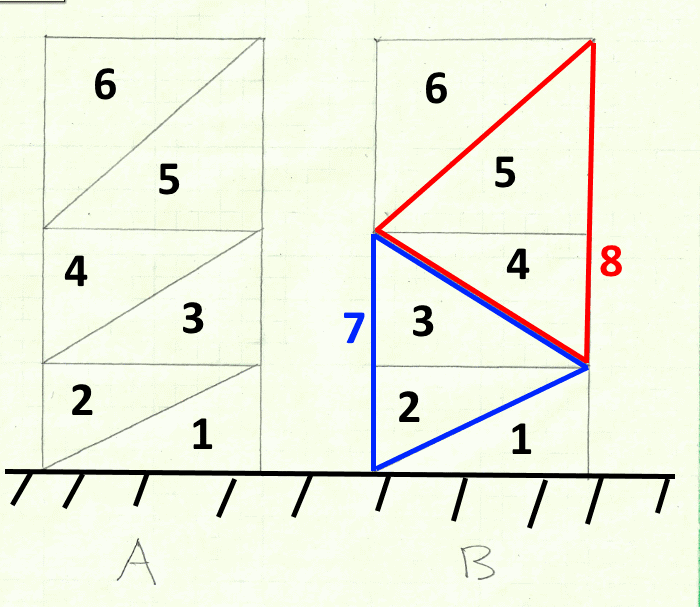GearsNsparks
Mechanical
- Jun 24, 2009
- 49
I'm looking at two brace configurations and I don't think one has greater capacity than the other. See the attachment:
Is there a reason why someone would design for style A instead of B? Does it come down to fabrication or preference?
Is there a reason why someone would design for style A instead of B? Does it come down to fabrication or preference?

![[idea] [idea] [idea]](/data/assets/smilies/idea.gif)
![[r2d2] [r2d2] [r2d2]](/data/assets/smilies/r2d2.gif)
